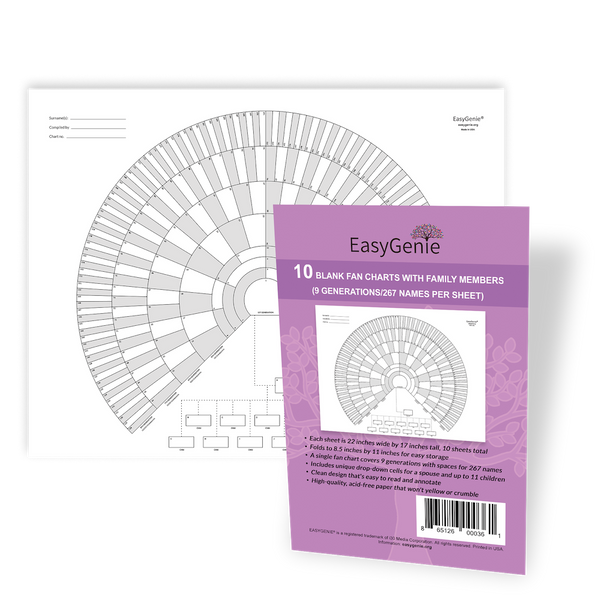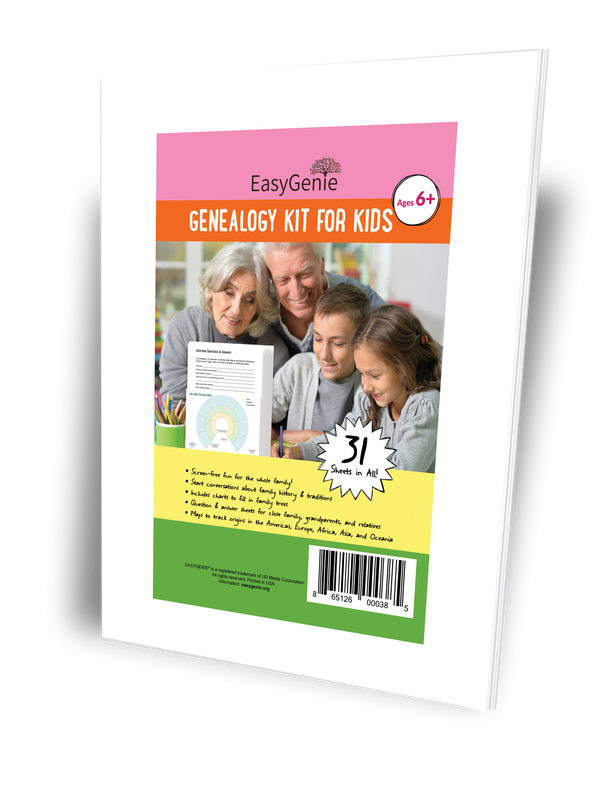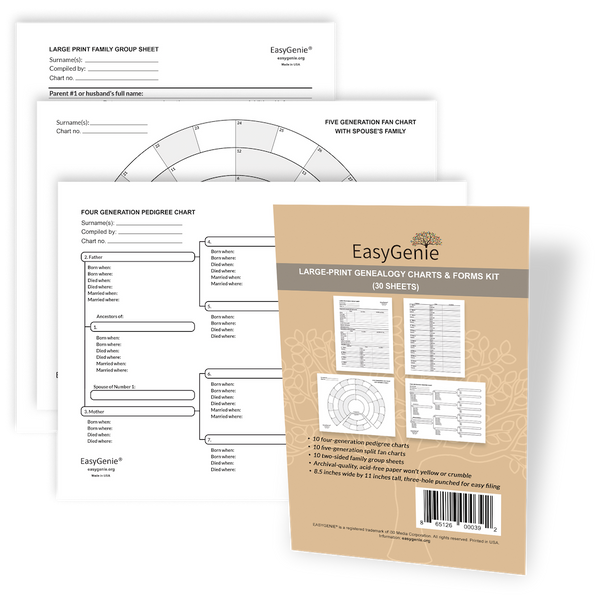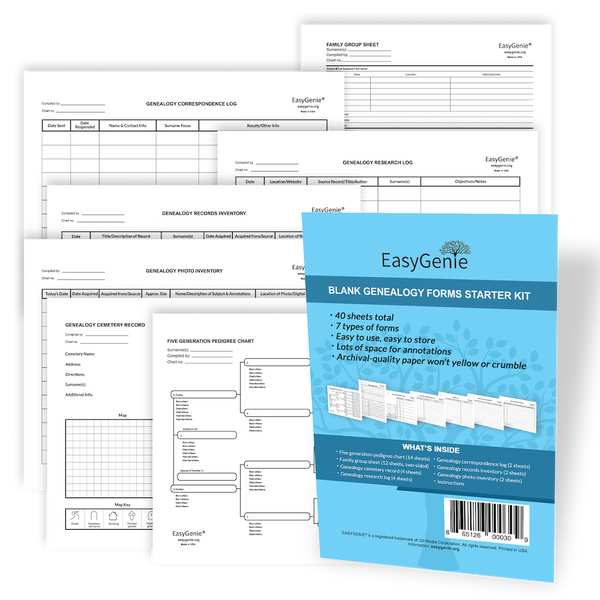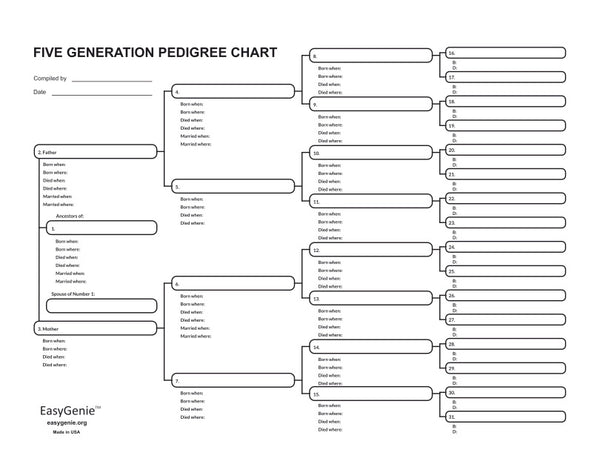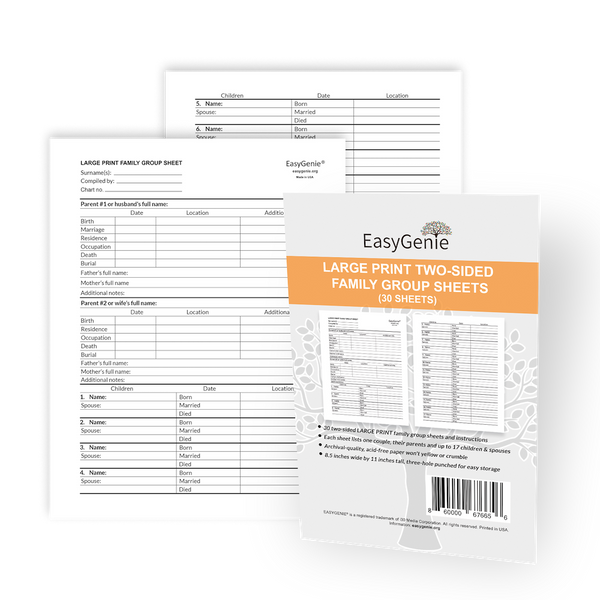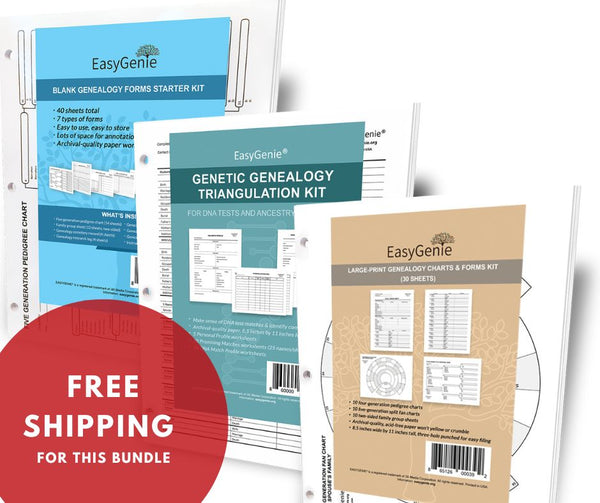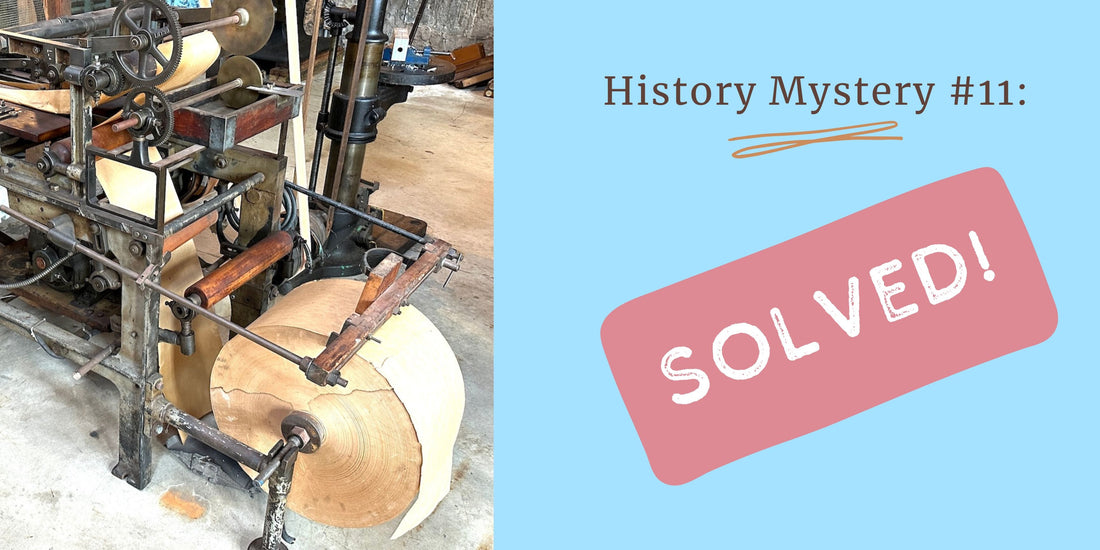
History Mystery #11 Solution: Margaret Eloise Knight's paper bag machine
Ian LamontOur latest History Mystery (see last week’s video and blog post) received a lot of responses, some serious and others less so (a machine to make “the worlds longest paper airplane,” said one joker)
Amongst the earnest responses, several people thought it was a printing press:
“It makes me think of some kind of printing apparatus, perhaps for early newspapers or broadsides?” - Norma E.
“Looks like a printing press to me from the late 19th century.” - J.G.
“I believe it was the first Newspaper printing presses, pretty impressive unit for its time.” - Kenneth C.
Others guessed it was related to wrapping or mailing:
“The mystery item was used to wrap things up.” - Alana T.
“The machine converts rolls of paper into envelopes.” - Onewheeler
Many of you zeroed in on the actual use: a machine to make paper bags! Here's what John E. said:
“Looks like it could be for making paper bags such as those used in grocery stores. Probably dates from the early 20th century.”
Indeed, the machine dates from the early 1900s and was installed at the Waltham Bag and Paper Company. It’s now on display along with the machine tools used to repair it at the Charles River Museum of Industry & Innovation. But the patent dates from the 1870s:

You can imagine how important this machine was, especially in the era before plastic bags or delivery services.
Who invented the paper bag machine?
The person behind the invention is a fascinating character. Margaret Eloise Knight (1838-1914) was a natural tinkerer and builder in her hometown of York, Maine. At age 12, after her father died, she began working in a textile mill, where she devised a safety device to protect young workers.

In her mid-20s, Knight began working at a paper bag factory in Springfield, Massachusetts. She hated the manual processes involved. She came with an idea for a machine that would automatically cut, fold, and glue flat-bottomed paper bags.
The device was transformative, but when she attempted to patent her invention she was challenged by Charles Annan, a man who worked in the machine shop that manufactured the prototype paper bag machine.
In court, Annan claimed a woman “could not possibly understand the mechanical complexities of the machine.” Knight demolished his argument, providing blueprints, notebooks, and witnesses attesting to her design. She won the case and received a patent in 1871. This is the actual patent model:

Royalties from the invention enabled Knight to become a full-time inventor. She became known as “Lady Edison” in the press, registering some two dozen patents in fields as varied as shoe manufacturing and engine design. She never married and died in 1914, leaving no heirs.
It is her paper bag machine that had the widest impact, with the basic concepts in her original design still used throughout the world today.
.
